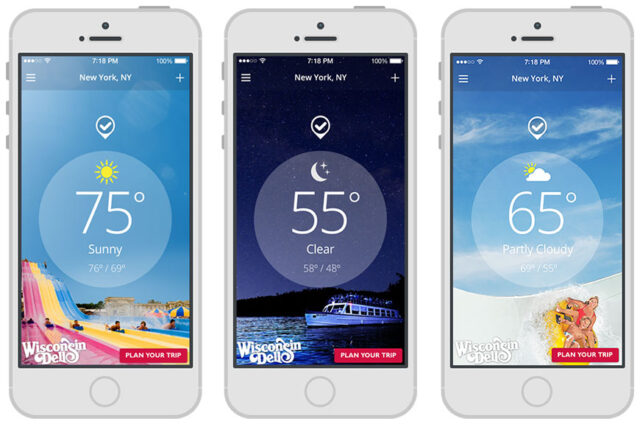How to Beat Ad-Blockers in 2016

A new year always brings different developments and challenges for professional communicators, and 2016 is no exception. This year will be unique in the sense that marketers and publishers must work together to solve a common problem: ad blocking. With the rise of ad-blocking technology (up over 41% last year), digital marketers must become the ultimate innovators in order to help their clients reach their target audiences; simultaneously, publishers must find a way to appease the advertisers who support them. After all, a blocked ad means the message isn’t reaching its target – a.k.a. ad dollars down the drain.
Apple’s release of iOS 9 further complicates the issue, as the new software contains ad-blocking capabilities for the mobile version of Safari. Considering iOS devices were consumers’ primary source for mobile shopping last year (78%), this is a big problem. And you can bet that other providers and browsers will follow suit.
But as professional communicators, we’re born problem solvers, and over 250 million consumers haven’t downloaded ad blockers for no reason. So why?
I think it’s safe to say the majority of people have experienced that frustrating scenario when you’re streaming a video, and it stops abruptly at a cliffhanger only to make you wait agonizingly for an ad to play until the episode resumes. Or what about when you’re shopping for new shoes and even a week later images of these shoes are still following you on other sites. They’ll have you screaming “I don’t want the shoes!” at your computer.
This, ladies and gentlemen, is a problem with user experience. Whether it’s that we’re not delivering a message at the right time or place, or that we’re not presenting compelling content, consumers want to opt out, and they’ve found a way. The good news is that we know it’s not impossible to create quality, desirable content. Just think of how many people actively engage with Super Bowl commercials now. And that’s before, during, and after the game. Some people even tune in just for the commercials!
If we were going to create a New Year’s resolution as a community, it should be to elevate each piece of content we produce to that level. Of course you can’t always feature a celebrity or make your ad stomach-achingly-funny, but it’s still something to think about. Maybe then we’ll see a reduction in ad blockers.
However, the creative process doesn’t evolve over night, and ad-blockers aren’t going away. Consider adjusting your marketing plans to focus more emphasis on these strategies:

1. In-App Advertising
Ad-blockers have yet to infiltrate the world of mobile apps. This medium provides advertisers with an opportunity for innovation, as well as a way to more subtly target their respective audiences. At B+L, we have an initiative to be a part of the consumer’s online experience with campaigns like this Weather.com takeover by the Wisconsin Dells.
2. Editorial Coverage
Unless a publication requires a paid subscription to view its content, earned editorial coverage can’t be controlled, and it will not be affected by ad-blockers. Period. So if public relations isn’t part of your 2016 marketing plan, it may be time to rethink your strategy. PR (including social media) is a great tool to help deliver your same key campaign messages in a more natural way than paid media.
3. Influencer Marketing
Remember how doctors were used to endorse cigarettes in the late 1940s? That was influencer marketing. We’ve been practicing it since the beginning of advertising, but we’ve really only started to fully harness the power of this strategy in the last few years. Influencers have strong social followings in addition to a website and/or blog that provide another outlet for content – all of which are immune to ad-blockers. Influencer marketing will also compliment your PR strategy since many influencers are often sought-after by media outlets as expert sources. It’s a win/win.

